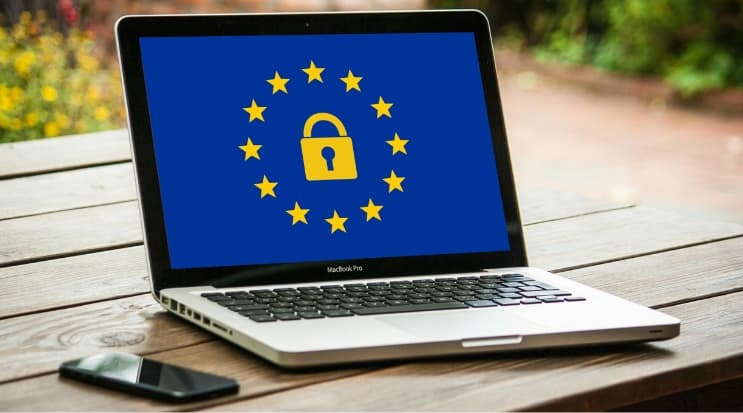
UAE Data Protection Law vs GDPR: Similarities and Differences
A comparative guide to understanding the regulatory alignment and enforcement challenges of the UAE's Personal Data Protection Law and the EU's General Data Protection Regulation.
In the global landscape of data protection regulations, the European Union's General Data Protection Regulation (GDPR) has established itself as the gold standard. More recently, under Federal Decree-Law No. 45 of 2021, the United Arab Emirates introduced its own federal data protection framework through the Personal Data Protection Law (PDPL).
The UAE PDPL and the EU GDPR share several foundational principles. Both emphasize collecting only the data necessary for a specific purpose, backed by a legitimate reason and legal requirements like consent. Transparency is also a core principle, ensuring individuals understand their rights and the impact of data processing.
The GDPR and the UAE PDPL grant individuals essential rights to access, correct, and delete their personal data, empowering them to maintain control over their privacy. Additionally, both frameworks regulate cross-border data transfers, ensuring that personal data remains protected when sent to countries outside their jurisdiction. These regulations include similar protective mechanisms designed to prevent unauthorized access or misuse of data during international transfers.
Both laws require the appointment of Data Protection Officers, the conduct of impact assessments for high-risk processing, and the implementation of security measures to safeguard personal data.
While drawing inspiration from the GDPR, there are notable differences in scope, enforcement mechanisms, and practical implementation that businesses operating in the region must understand.
Scope and Application:
The GDPR applies globally to any entity that processes the personal data of EU residents, regardless of where the entity is based. In contrast, the PDPL applies to entities processing the personal data of UAE residents, even if they are located outside the UAE. A unique feature of the UAE’s approach is the presence of additional data protection regulations in its free zones, such as the DIFC (Dubai International Financial Centre) and ADGM (Abu Dhabi Global Market), which are more closely aligned with the GDPR than the federal PDPL.
Penalties and Enforcement:
The penalties and enforcement mechanisms under the GDPR and UAE PDPL differ significantly in terms of severity. Under the GDPR, fines can be as high as €20 million or 4% of an organization's global annual turnover, depending on the nature and severity of the violation. In comparison, the UAE PDPL imposes fines that range from AED 50,000 to AED 5 million, which are considerably lower than those under the GDPR. These differences reflect the distinct regulatory approaches and enforcement frameworks of each law.
Consent Requirements:
The consent requirements under the GDPR and UAE PDPL vary in their strictness. The GDPR mandates explicit and informed consent through a clear action, such as ticking a box. The PDPL also requires consent, but its conditions are less detailed and offer more flexibility in how it is obtained.
Legal Basis for Processing:
The legal basis for processing personal data differs between the GDPR and the UAE PDPL. The GDPR recognizes legitimate interest as a lawful basis, allowing organizations to process data without consent if they have a valid justification. In contrast, the PDPL does not include legitimate interest as a basis for processing, requiring organizations to rely on other legal grounds such as consent or contractual necessity.
Children’s Data Protection:
The GDPR requires parental consent for processing the personal data of children below the age of 16. The PDPL, however, does not specify a clear age threshold for parental consent, making this aspect less defined and open to interpretation.
Government Access:
The PDPL includes provisions for governmental data, allowing government access in certain situations. The GDPR does not have a comparable concept and generally limits government access to personal data unless justified under specific legal conditions.
While the UAE’s Personal Data Protection Law aligns closely with the principles of the EU’s GDPR, it also introduces a unique regulatory structure shaped by regional priorities and governance frameworks. For businesses operating in both jurisdictions, understanding these similarities and differences is crucial for ensuring compliance and maintaining trust in an increasingly data-driven world. As the UAE continues to refine its data protection regime, ongoing updates—particularly through forthcoming executive regulations—will be instrumental in shaping the nation’s long-term data governance landscape.